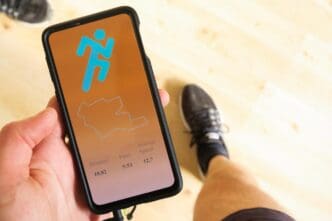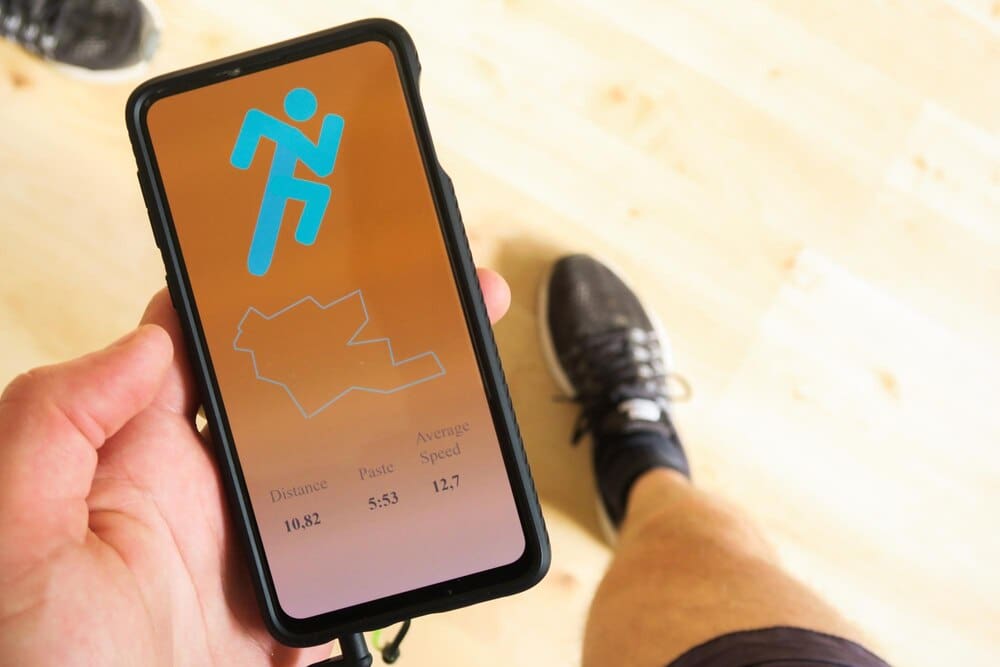For the modern health-conscious individual, the convergence of digital finance and personal wellness is creating a powerful new frontier. A curated “Fin-tech stack”—a strategic combination of financial apps, accounts, and services—is emerging as the essential toolkit for those looking to align their financial habits directly with their health goals. This integrated approach, available now through a suite of smartphone apps and digital platforms, allows consumers to optimize spending on wellness, manage healthcare costs proactively, and even earn financial rewards for maintaining a healthy lifestyle, transforming the old adage that “health is wealth” into a literal, actionable strategy.
The New Frontier: Connecting Your Wallet to Your Wellness
The link between financial stress and poor physical health is well-documented. Worrying about money can lead to anxiety, poor sleep, and unhealthy coping mechanisms. Conversely, unexpected healthcare costs represent one of the single largest threats to financial stability for many households. A dedicated FinTech stack addresses this cycle not reactively, but proactively.
This goes far beyond simply budgeting for a gym membership or organic groceries. It involves creating a synergistic ecosystem where your financial tools actively support and reward your health journey. Each component of the stack is chosen for its ability to track, manage, or incentivize behaviors that contribute to both physical and fiscal well-being.
By leveraging technology, you can gain unprecedented clarity into your wellness spending, unlock savings on healthcare, and turn your daily physical activity into a tangible financial asset. This system empowers you to build a resilient lifestyle where healthy choices are financially reinforced, creating a positive feedback loop.
Building Your Health-Focused FinTech Stack
Constructing the ultimate stack involves selecting best-in-class tools for different financial jobs, much like a coach builds a team with specialists for each position. The ideal setup includes a foundational account, a smart budgeting app, motivational reward platforms, and a modern safety net for healthcare expenses.
The Foundation: A Health-Centric Bank Account and HSA
The core of your stack should be the primary account you use for daily spending and saving. For a health nut, this means seeking out products that reward your specific lifestyle. Look for credit cards that offer accelerated rewards on categories like groceries, fitness club memberships, or sporting goods.
For instance, cards like the Paceline Card are pioneers in this space, directly linking your cash back rewards to your physical activity as tracked by a wearable device. The more you move, the higher the rewards rate you can unlock on all your spending, creating a powerful daily incentive.
However, the single most powerful tool in this foundational layer is the Health Savings Account (HSA). An HSA is a tax-advantaged savings account available to those with a high-deductible health plan (HDHP). It is a financial super-tool, offering a unique triple tax advantage: contributions are tax-deductible, the funds grow tax-free, and withdrawals for qualified medical expenses are also tax-free.
For a health enthusiast, an HSA is essential. It can be used to pay for everything from doctor visits and prescriptions to acupuncture, chiropractic care, and even fitness programs prescribed by a doctor for a specific medical condition. Modern HSA administrators like Fidelity or Lively offer user-friendly platforms with investment options, allowing your health savings to grow over the long term like a retirement account.
The Brains: Budgeting and Spending Analytics
To optimize your wellness spending, you first need to understand it. A powerful budgeting app serves as the analytical brain of your stack, providing a clear picture of where your money is going. Generic bank app categories are often insufficient for the dedicated health enthusiast.
Apps like Monarch Money, Copilot, or You Need A Budget (YNAB) allow you to create highly specific custom categories. Instead of a single “Health” bucket, you can track spending on “Organic Groceries,” “Supplements,” “Gym & Classes,” “Race Registration Fees,” and “Wellness Therapies.” This granularity reveals the true cost of your lifestyle and highlights areas for optimization.
By connecting all your accounts—credit cards, bank accounts, and your HSA—to one central app, you get a holistic view. You can set specific goals, such as saving for a new high-end bicycle or a wellness retreat, and track your progress in real-time. This data-driven approach transforms wishful thinking into a concrete financial plan.
The Motivator: Rewards for Healthy Habits
This layer of the stack is what makes it truly unique to a health nut: getting paid to be healthy. A new breed of apps directly connects to your fitness trackers—like an Apple Watch, Garmin, or Fitbit—and converts your physical effort into financial rewards.
Platforms like Evidation (formerly Achievement) award you points for activities like walking, sleeping, and logging meals, which can be redeemed for cash or gift cards. It’s a low-friction way to monetize the health data you’re already generating. Similarly, HealthyWage takes a different approach, allowing you to place a financial bet on your own weight loss goals, with significant cash prizes for success.
These apps “gamify” health, providing the extra nudge of motivation needed to stick with a routine. When a morning run not only boosts your endorphins but also contributes to your next Amazon purchase or increases your credit card’s cash back rate, the incentive structure is powerfully realigned.
The Safety Net: Modern Insurance and Healthcare Management
The final component of the stack focuses on managing costs and navigating the complexities of the healthcare system. FinTech has brought much-needed transparency and efficiency to this often-opaque industry. This is about mitigating the largest potential financial risk for any individual.
Prescription discount apps like GoodRx are an absolute must-have. By simply searching for a medication, the app provides a list of coupons and discounted prices at various local pharmacies, often saving users up to 80% on out-of-pocket costs.
For managing medical care itself, platforms like Zocdoc help you find and book in-network doctors and read patient reviews, demystifying the process of finding care. Furthermore, a growing number of InsurTech companies are exploring ways to use lifestyle data to offer lower premiums to verifiably healthy individuals, rewarding proactive health management with direct insurance savings.
A Practical Example: How the Stack Works in Daily Life
To see how these pieces fit together, consider a day in the life of “Alex,” a dedicated runner and health enthusiast. Alex starts the morning with a five-mile run, which is automatically tracked by their smartwatch. This activity syncs with the Paceline app, helping them maintain the activity streak needed to unlock 5% cash back on health and wellness purchases.
Later, Alex goes to the grocery store, carefully selecting organic produce and lean proteins. They pay with their rewards credit card, and the transaction is automatically pulled into their Monarch Money budgeting app and categorized under “Groceries.”
In the afternoon, Alex has a physical therapy appointment to work on an old running injury. They pay for the co-pay using their HSA debit card, ensuring the expense is covered with pre-tax dollars. The receipt is digitally captured and stored in their HSA portal for record-keeping.
At the end of the month, Alex reviews their finances. They see they are on track with their wellness budget, notice their investment-linked HSA has grown slightly, and cash in the points earned on the Evidation app for a $10 PayPal deposit. Their FinTech stack worked seamlessly in the background to support, track, and reward their healthy lifestyle.
The Road Ahead: Privacy, Data, and the Future of Wellness Finance
Building such an integrated stack requires sharing significant amounts of personal data, from financial transactions to minute-by-minute heart rate information. This is the primary trade-off. It is crucial to read the privacy policies of each service you use and understand how your data is being stored, used, and potentially sold.
Always opt for services that use strong encryption and offer two-factor authentication. The convenience of an integrated system must be weighed against the responsibility of safeguarding your sensitive information.
Looking forward, the integration between finance and wellness will only deepen. We can expect AI-driven financial coaches that analyze spending and health data to provide hyper-personalized recommendations, such as suggesting a lower-cost alternative for a brand-name supplement or allocating savings toward preventative care. The line between your health tracker and your bank account will continue to blur.
Your Health is Your Wealth—Literally
Ultimately, a well-designed FinTech stack empowers the modern health nut to manage their life holistically. By choosing tools that reflect and reward your values, you create a powerful ecosystem that reduces financial stress, optimizes spending, and provides tangible returns on your investment in your own well-being. In the digital age, taking a proactive, strategic approach to your finances is one of the healthiest decisions you can make.







